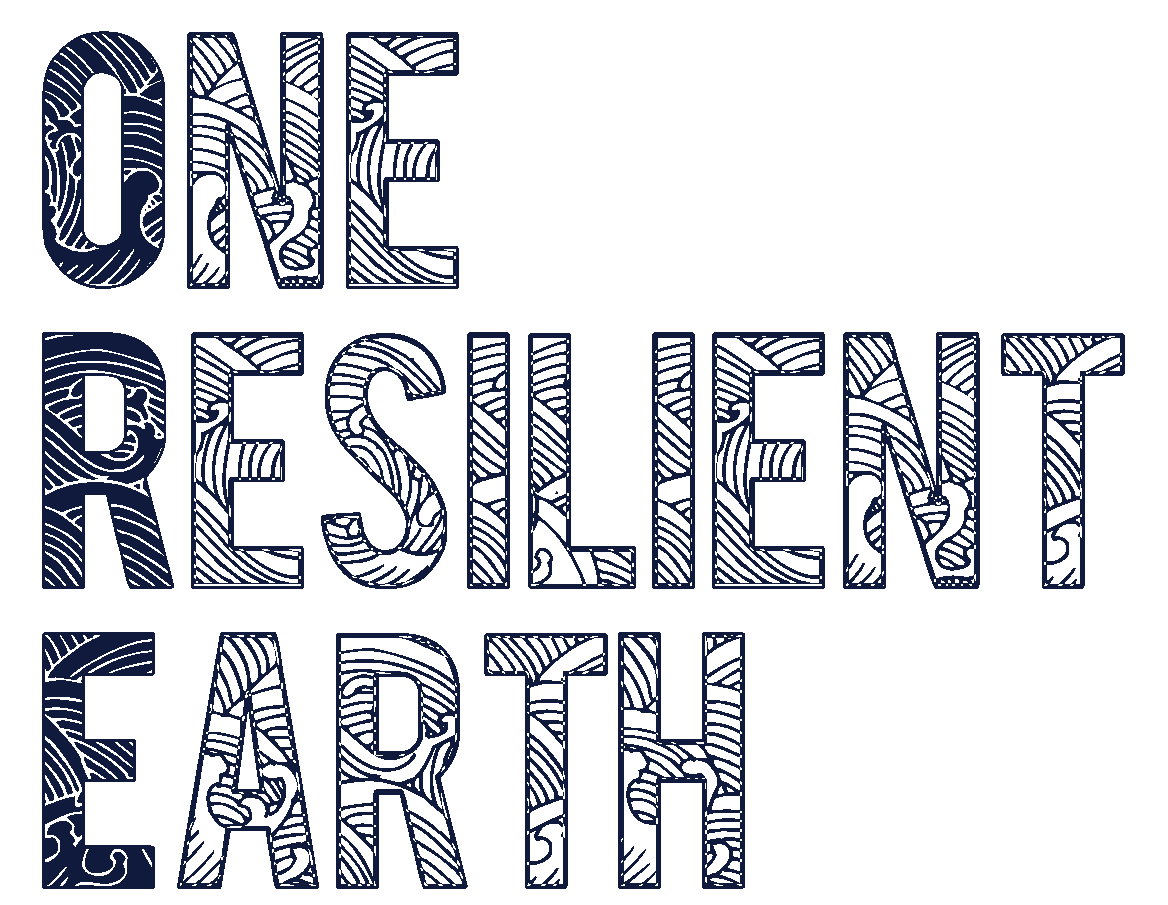The Open Mind Series is a selection of interviews with artists, designers and other ‘creators’ from around the world giving us an insight into how they see the world now and tomorrow. No qualifications required. No taboo. No right or wrong. Just openness. And artworks.
How do you imagine the world in 20 years?
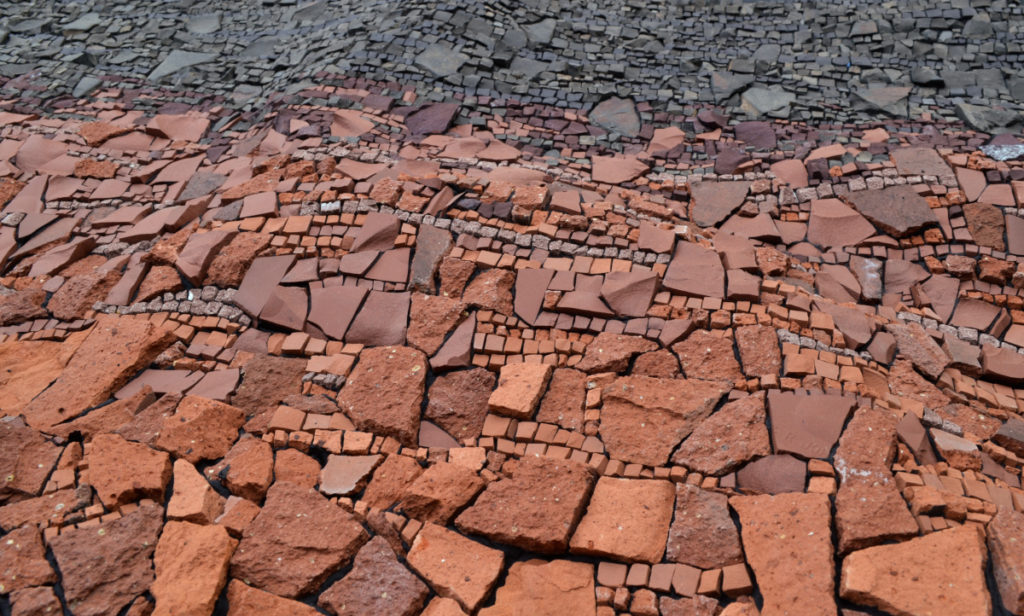
In twenty years, I think we’ll finally be at a significant turning point. You can see hints of it now, but I fear things still need to get more dire before we finally start getting our act together to overhaul the system and reimagine our relationship with the planet and with each other.
How do you imagine the world in 1000 years?
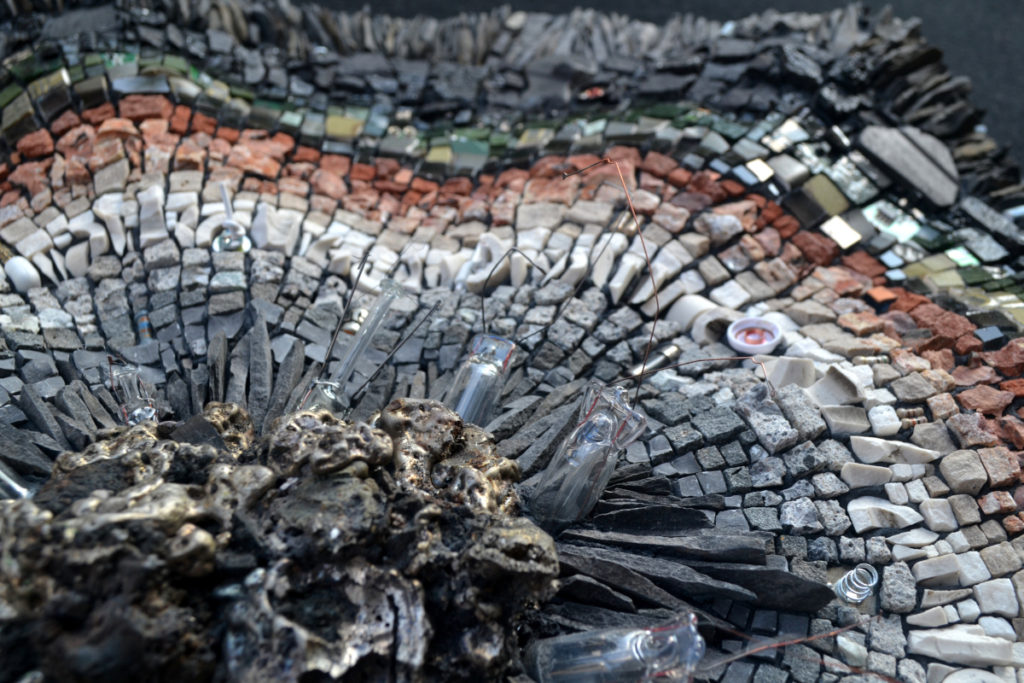
I can’t even fathom 1000 years from now. The best I can say is that I think the world will have found balance again, with or without us. If we’re still around, I think everything will be more local, more communal, and more respectful in the broadest sense. Or who knows, maybe 1000 years is enough time for things to get better and then for the pendulum to swing right back to where it is now. When you take this long view, there’s so much scope to write our own story and imagine (and then build) the future we want. (And artists can help with that!)
What is the plant, animal or object that most inspires you and how?
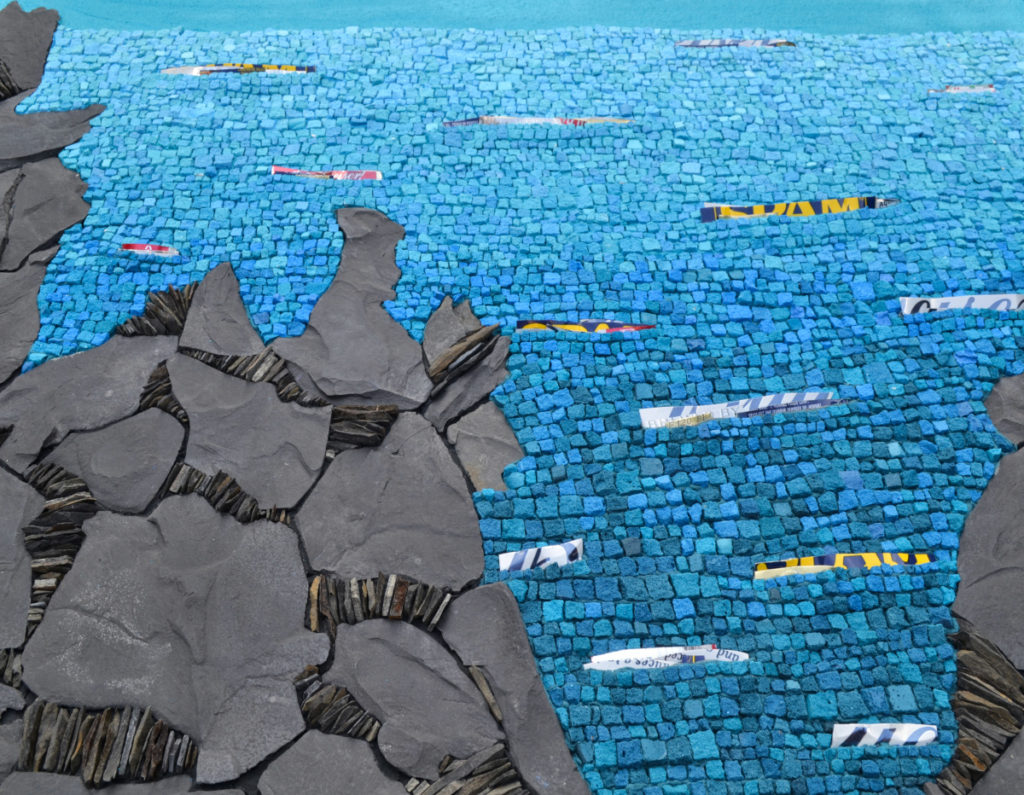
Oh that’s a tough one! For me it’s a toss-up between rocks and trees. Rocks because they are my main staple in my work and for me they contain so many possibilities. You never really know what’s going to be inside when you crack it open – how it will behave, smell, look, and sound. There’s a whole world just waiting to be revealed. And trees inspire me with their lines and their movement, and I often channel that in the lines I create with stones and other materials.
What is the emotion that drives you in your work?
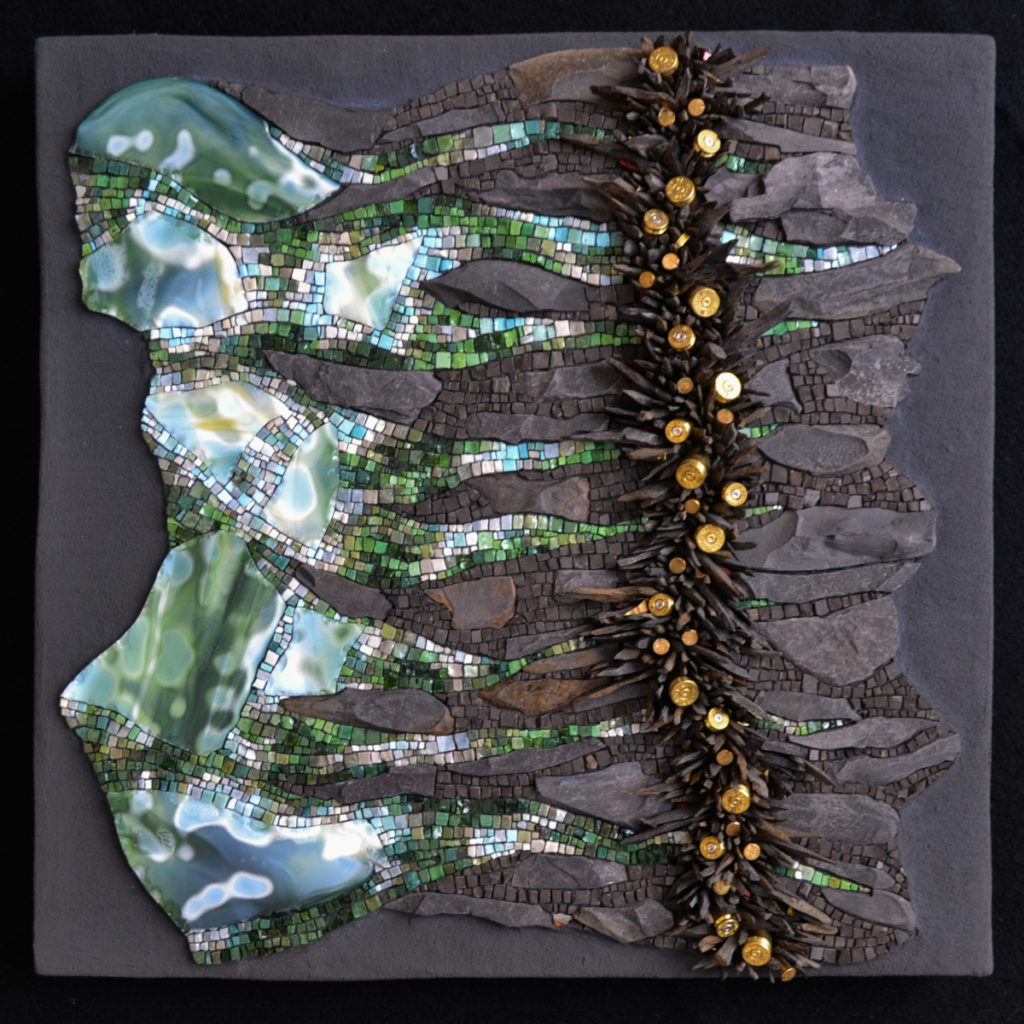
It really depends on the day. I harness so many different emotions when I’m working on a mosaic: sometimes it’s anger, sometimes fear, sometimes sadness, and sometimes hope. (Truthfully, it’s usually one or a combination of the first three and rarely the last one.)
What does community mean to you personally?

Community, for me, means being generous in our various relationships, it means finding joy in what we do and in what unites us (whether it’s our place, our purpose, or something else), and also celebrating what makes us unique. And I think it also means recognizing that we are better and stronger together than apart, and committing to hold each other to account when our actions threaten the community’s well-being. And in the big picture, community, in my mind, goes well beyond the human.
How do you connect with the Earth today?
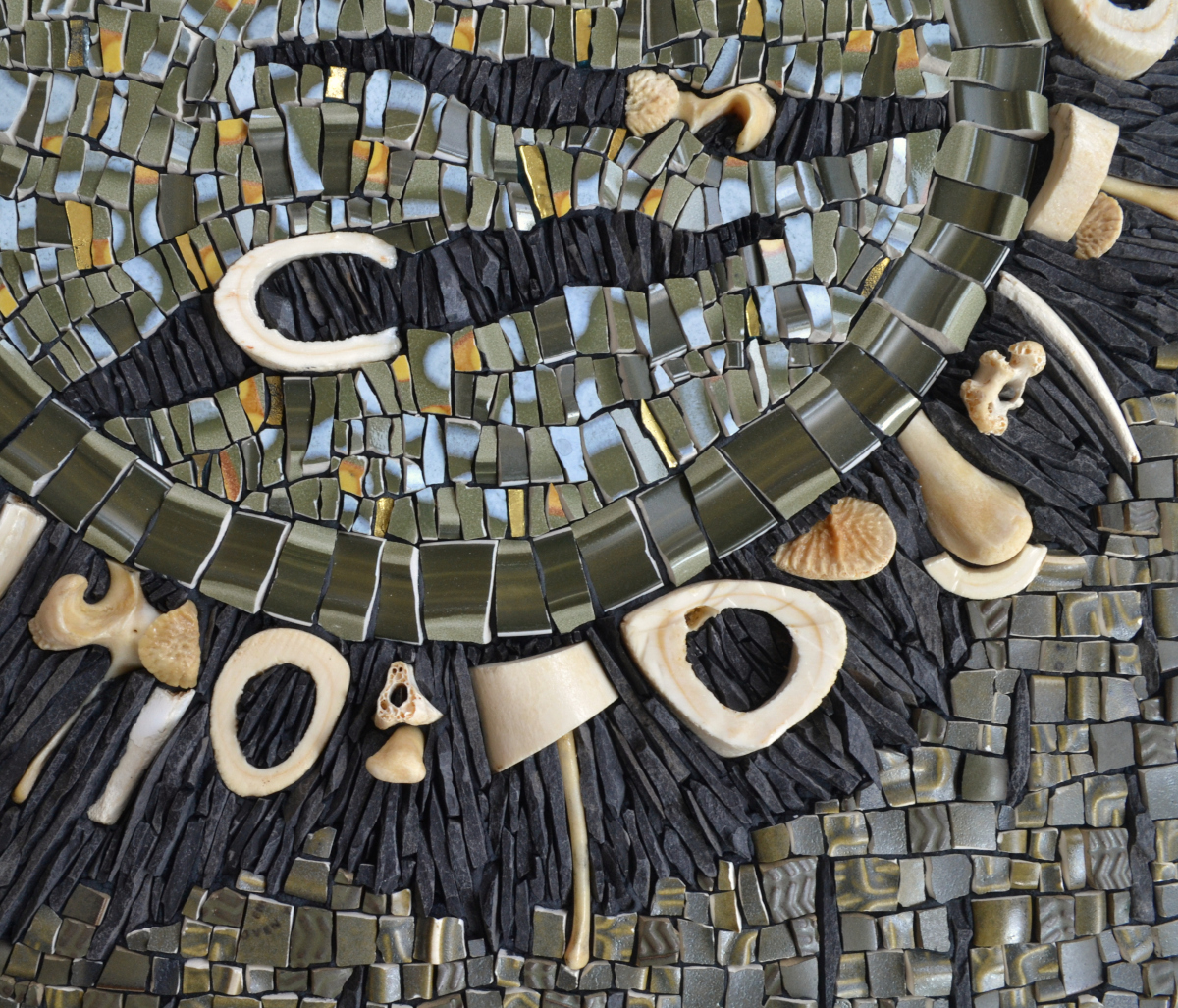
I slow down. I walk in the forest. I work in my garden. I try (without much success) to be a birder, because it helps me be more observant and present.
What is your dream for the arts world?
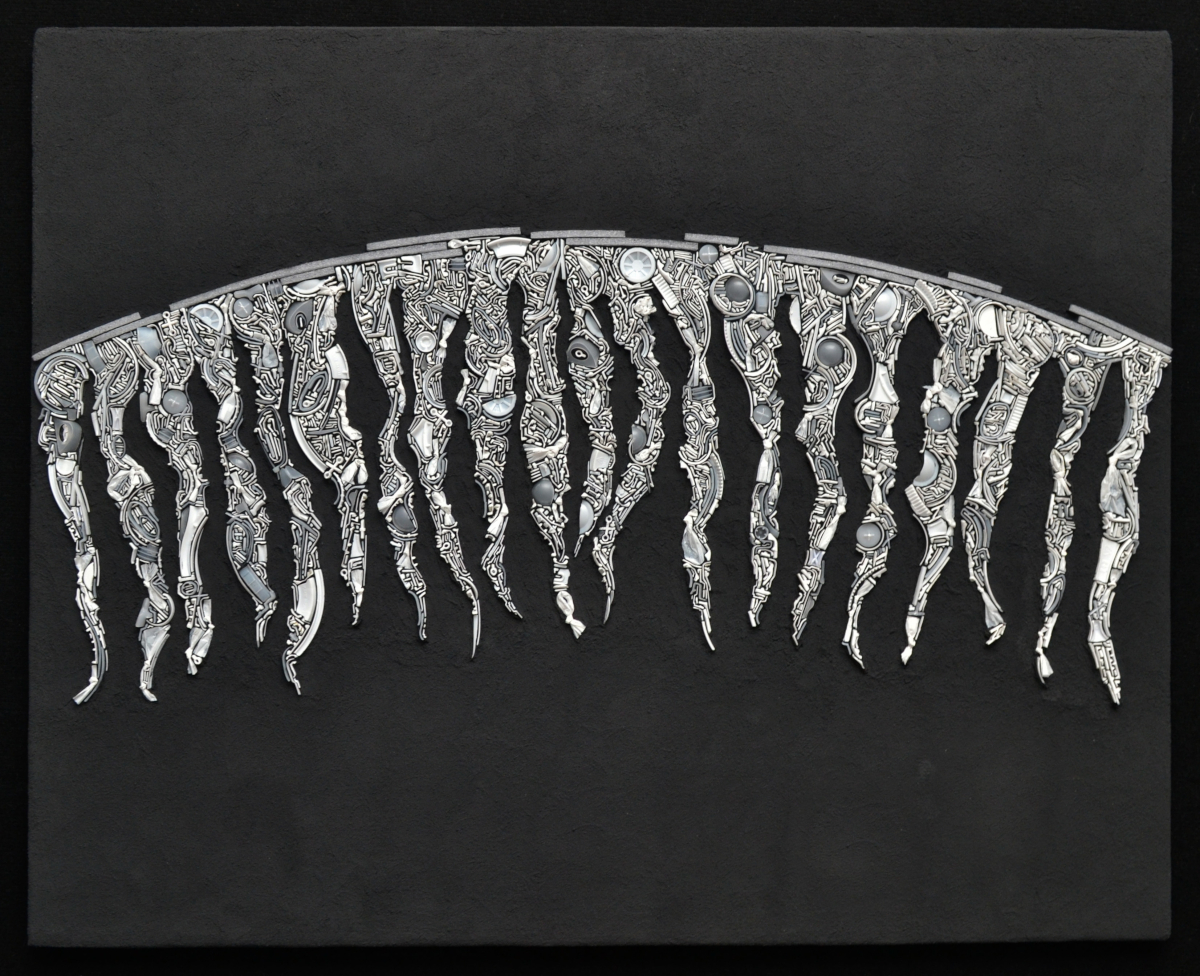
My dream for the arts world is that we increasingly be taken seriously as key players in building the future we want. Not just some diversion or nice-to-have, but there with a seat at the table, making change alongside the usual players (the bureaucrats, scientists, environmental groups, businesses, etc.).
What’s the best thing on earth?
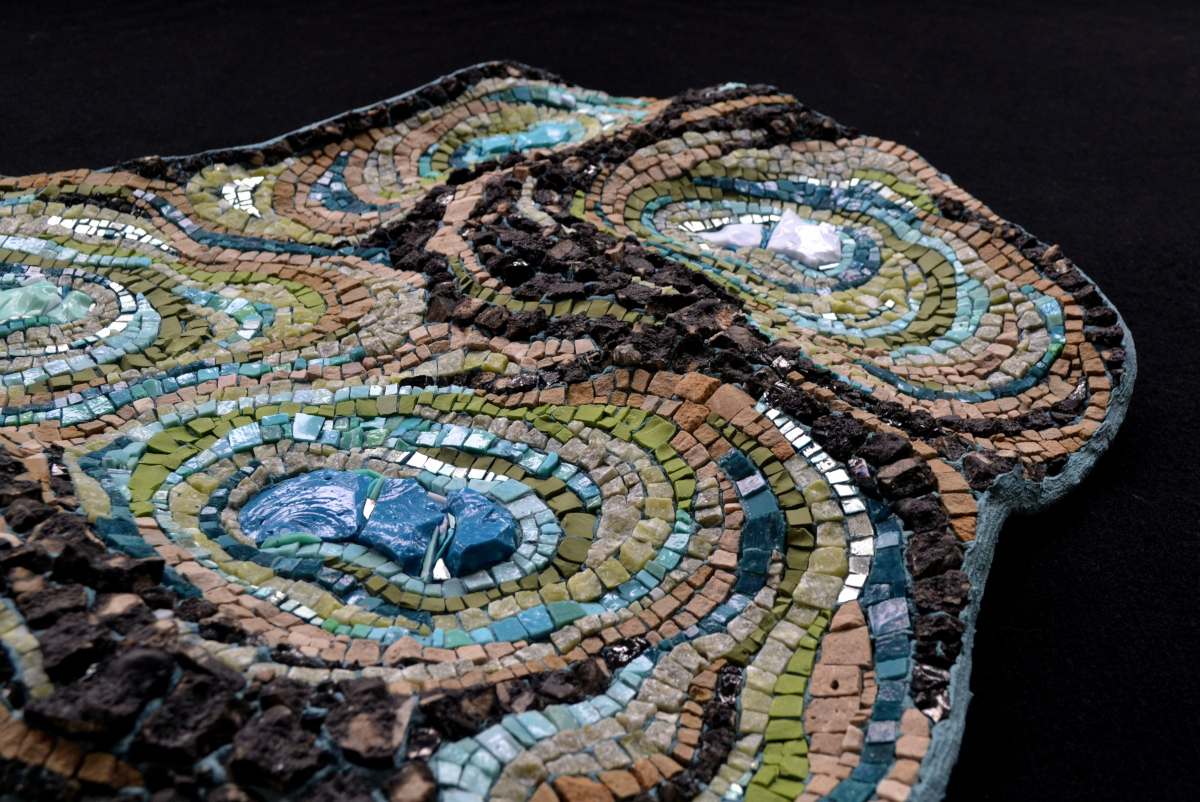
It’s impossible to pick just one thing! Life is so full of amazing things at every turn. My wife’s smile, fresh raspberries, linden blossoms, laundry hung on the line, the spectacular and fleeting deep blue of twilight, bonfires, Earl Grey tea, the sound of waves, the call of loons across a lake, the freedom of a bike… I could go on forever!
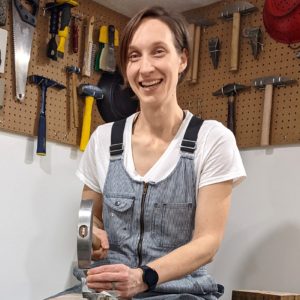
Julie Sperling is a Canadian mosaicist using the ancient language of mosaic to speak about contemporary environmental issues like climate change and the Anthropocene. Her work finds her camped out at the intersection of art, environment, science, and policy.
